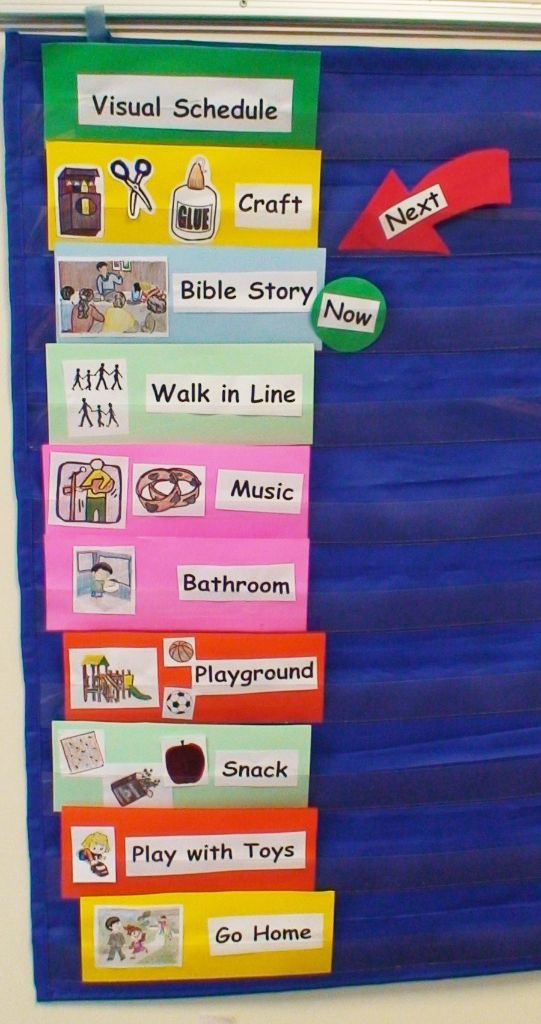Activities to Help Calm Your Autistic Child
The pandemic has caused everyone to go a little crazy with its random timing and its abrupt change in schedules. Parents are home more. Siblings have no alone time with friends and pets are trying to figure out why you all are around more now than ever! You could say the pandemic came through like a storm and uprooted everything we knew to be solid in our lives. Some of the most vulnerable people during this time is our children. They have just started to figure out life. Some just getting adapt to a routine all together and others not really sure why they need a routine at all. Parents are trying to help them adjust well with what little knowledge they have in all of this chaos. Those especially hurt by this time, children with autism spectrum disorder.
These fun loving, routine dependent, predictable little people are counting on the grown-ups to have the answers. So, what do you do when you don’t have any? You’re sitting home and realizing that you don’t have the answers for anything right now and you are barely keeping up with what you’ve been given charge of lately. Let us lay out a few things you can do in your home to help.
Create a new schedule:
Using visuals, create a new routine the children can grow used to. Give them something to look forward to next. Provide them with a picture schedule, options, and allow them the opportunity to predict what their day will look like according to the new normal. Here is a list of schedule ideas.

Preventing Meltdowns:
Turn the television off, gather some online resources, and ask about their feelings and thoughts. Give them your knowledge allowing them the opportunity to process on their own. Try a journaling activity. Allow some creative time while talking maybe with some coloring books. Here are a few activities you can do to calm your tantruming child.
- Calm down bottles: this activity is good for meditation and changing a negative situation into a positive one.
- Introduce books: provide books with relatable topics i.e. anger, sadness, frustration.
- Sing songs: music therapy is a good outlet for releasing built up tension and anxiety. Allow some form of dance, instrumental, or music related activities for calming.
- Give hugs: sometimes all it takes is a simple hug to give off positive vibes. Giving a hug can change the attitude of your child. Keep in mind you should ask first! Sometimes children may feel more crowded from the hug than the original point that upset him.
Sensory Activities:
Sensory activities are a great way to calm children, engage them, as well as promote fun learning! Here is a list of sensory activities to try at home with your little ones.
A. Yoga ball exploration: there are a variety of yoga ball exercises you can pull off for relaxation and stretching. They are also good for large body play, cooperative play and outdoor exploration.
B. Swing: swings can be large blankets, jersey bed sheets, or therapeutic grade from a specialty store. They are used to create a secure sense of comfort and support for the young mind. Allowing them to freely swing back and forth can calm their nerves and provide under stimulated children with the right tools to focus once again.
C. Stepping stones: great for large motor play, stepping stones help with balance. They are also good for focus, hand, foot, and eye coordination, as well as physical therapy.
D. Fidget Toys: great for keeping little hands and bodies busy during times where we need it the most. They are intriguing and adult proof as well! Grab a few options from just about any superstore these days and walk your children through calming down with these as assistance.
E. Sensory bins: there literally a ton of sensory bin ideas across the internet. They keep children engaged and they are great tools for learning new ideas and experiencing old ones.
F. Weighted blankets: weighted blankets have surfaced all over the world now and are available to just about anyone. These weighted tools help stimulate the body causing it to have a calming experience. There are a variety of options for children including a vest and a lap pad. Another great thing, it helps with bedtime too.
Special Corner: Allow your little ones to have an escape. Sometimes we all need a quiet area in the midst of chaos. Carve out a reading nook, place an indoor tent, or some other form of hideout for moments that are stressful and they may need to get away. There are tons of options out there!
Treasure Chest: Who doesn’t love a good treasure chest to rummage through? Given the opportunity to encourage some positive behavior I’m sure most of you will do so with little hesitation. Try out a cool treasure chest purchased or designed by your family to hold all of these positive reinforcers. When children are doing AWESOME at any activity you can give them the options to pull from the treasure chest. This can be stickers, sensory toys, DIY tickets that allow additional screen time for good behavior. Get creative and do what you know motivates your child(ren).
There are a ton of ways to outlets for helping your family during this time. Sometimes they forget about your kids that need more structure and more supportive hugs. Happy planning and positive vibes ONLY.
Teaching Resources:
- https://www.waterford.org/education/15-activities-teaching-strategies-and-resources-for-teaching-children-with-autism/
- The National Institute for Mental Health. A Parent’s Guide to Autism Spectrum Disorder. Retrieved from autism-watch.org: https://www.autism-watch.org/general/nimh.pd
- Center for Disease Control and Prevention. Data & Statistics on Autism Spectrum Disorder. Retrieved from cdc.gov: https://www.cdc.gov/ncbddd/autism/data.html
How do you restrain a child who is out of control?